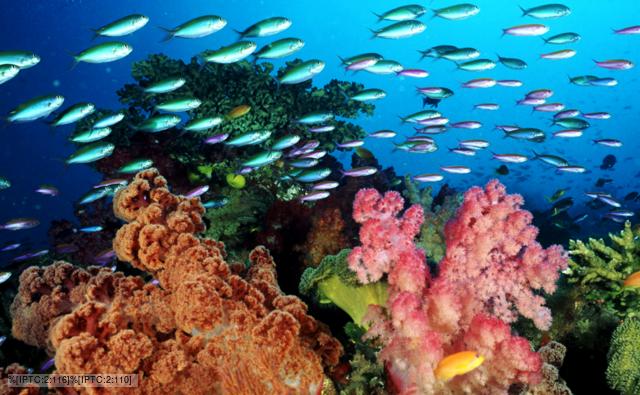Today I figured we could learn about a few different types of coral! There are many different kinds but today we'll learn about three types: brain coral, soft coral and the purple sea fan.
Brain Coral- Lobophyllia

http://en.wikipedia.org/wiki/File:Brain_coral.jpg
This coral gets its name because it looks quite similar to a human brain. These coral reefs are found in upper reef slopes and lagoons. They are very strong and are able to stand through very strong currents. These corals can grow for hundreds of years. They can reach a maximum width of 7 feet. This coral needs lots of light so they sleep during the day and eat at night. These plants eat phytoplankton, zooplankton and tiny plants.
Soft Coral- Alcyonacea
http://commons.wikimedia.org/wiki/File:Soft_coral.JPG
These corals are most abundant in tropical waters but can be found in every ocean. Soft coral can grow larger than 2 feet and can grow as deep as 150 feet. These corals are called "soft" because tehy do no form a hard outer skeleton. They use chemicals to defent themselves since they do not have a "protective shell". They use chemicals to clean themselves as well. Unfortunately this chemical makes it so that other corals can't grow in the area.
Purple Sea Fan- Gorgonia Ventalina

http://www.itchyfeet.org/florida/fans.htm
This coral is a very unique coral. This coral grows in the shape of a fan with a very distinctive purple color. These can be found in large quantities. They can grow in outer and rim reefs as well as shallow waters. They like constantly flowing water because it helps them feed and breathe. They can grow to be 6.5 ft tall and 5 feet across.
Learn More/Sources:
http://en.wikipedia.org/wiki/Brain_coral
http://en.wikipedia.org/wiki/Alcyonacea
http://en.wikipedia.org/wiki/Gorgonian
